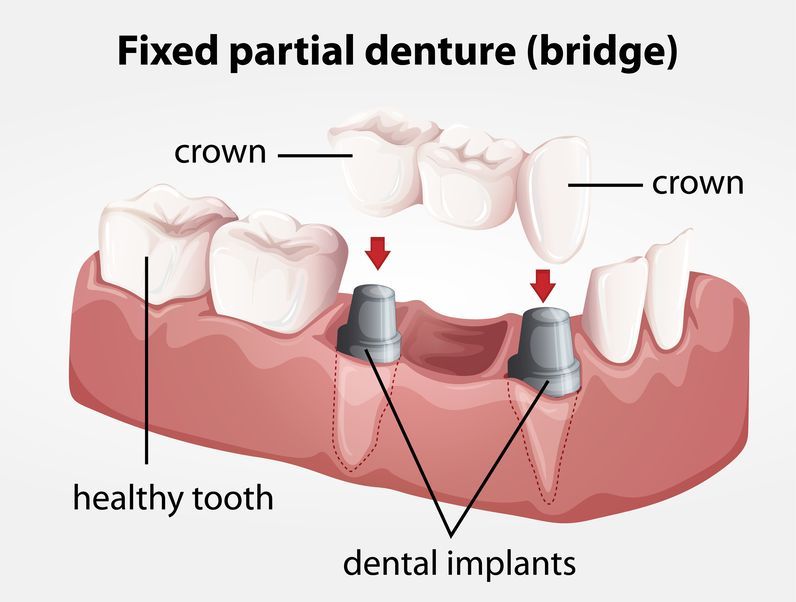Crowns and Bridges - Two Paths to Tooth Restoration
- By Mary Marks
- •
- 30 Jun, 2021
- •

Even if a tooth has lost much of its structure through caries or other injury, it is possible to remain alive. However, this tooth will no longer work or look as it should, so it may negatively influence your – otherwise beautiful – smile.
But there is good news: your teeth can be restored with crowns and bridges and trips to an oral sedation dentistry Highlands Ranch office!
Dental crowns
These natural replicas of natural crowns can fully restore both the function and aesthetics of the teeth.
Dental crowns are useful in many situations. For example, decayed teeth that have been repeatedly sealed must be covered with a dental crown to be strengthened and protected from fracture. Teeth with root canal treatment must also be protected by covering them with an artificial dental crown. A crown can also improve the appearance of chipped, fractured, irreversibly discolored or abnormally grown teeth.
Dental bridges
They have been used successfully for decades, to replace lost teeth. With their help, we can replace one or more missing teeth, with one fixed restoration. A dental bridge consists of at least two pillars (i.e. two crowns that are fixed on the natural teeth), and the bridge body between them (i.e. the missing teeth replacements).





Although oral sedation dentistry Highlands Ranch is one of the optionsavailable for managing anxiety and discomfort during oral surgery, you certainly do not need to use it all the time. As a matter of fact, the exact type of sedation or anesthesia that you receive during oral procedures may depend on various factors, such as the complexity of the procedure, your medical problems, as well as your doctor’s preferences.
There can be several different levels of sedation that can be used in oral surgery. Local anesthesia is one of them. This involves injecting anesthetic medication into the specific area where the surgery will take place. It numbs the area and is often used for less invasive procedures.
Oral sedation involves taking medication in the form of a pill to induce a state of relaxation and drowsiness. The patient is still conscious, but he/she may not be fully aware of the procedure. At any rate, sedation helps him/her get rid of anxiety.
In the case of intravenous sedation, medication is administered through a vein, which induces a deeper state of sedation than oral sedation. Patients may still be conscious, but they are less aware of their surroundings and may not remember the procedure.





